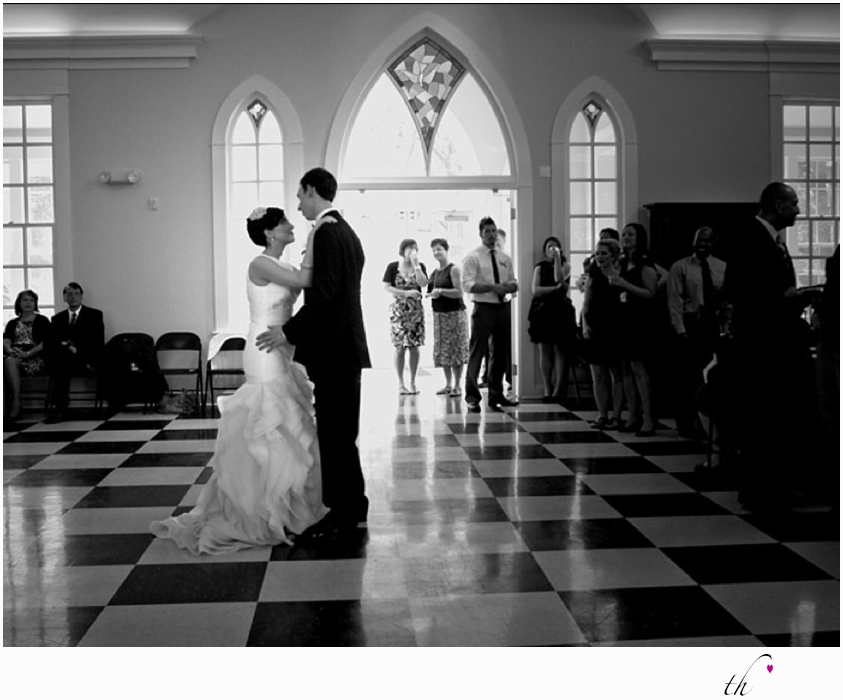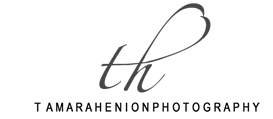Dear Photographer,
It’s kind of like a slow dance-running a business and working for yourself. The music starts, you have hearts in your eyes as you take your sweethearts hand and you get lost in the euphoria of the moment. And then, the music stops.
These are questions that come frequently: When should I start charging? What is portfolio-building? How should I practice? What do I need to learn before I open my business?
Well, I’m so glad you asked! Again. 🙂
If we were to put these things in order, it would look like this: Learn, Practice, Build a Portfolio of consistent images and editing, *Start your business. (Note, check with your local county/city office to see when you need to be in business.) *I was told that I needed a county license the moment I was pursuing clients or they were pursing me. Therefore, I had to be legally in place during my pb’ing stage. Definitely, if you’re taking money from anyone, you should be certain that you’re doing so within the laws. I’m a firm believer in doing things the right way and respecting laws and other businesses (ie only using music I have the rights to, not copying other photographers words as they own those by copyright as much as they own their images etc), and in turn I like to expect that others will do the same. Integrity can’t be over emphasized.
Let’s look at a professional photographer in the making:
1. Learn
There is so much to learn in this business. I think it can’t be argued that when just starting out, the more you learn the more you realize you don’t know. Keep learning. There’s no shortage of information on the web and in the book store. A great basic start is Bryan Peterson’s, Understanding Exposure. Scott Kelby is a great starting point, also. If hands on is a better way for you to learn, find a class to take. I offer Getting Started Classes and Beyond GSS Classes locally. What takes a few months of ‘hunt and peck’ through websites and text can be easily tackled and learned with someone like me showing you what you need to know and then how to apply it.
2. Practice
Now it’s time to take those hours of learning and start practicing. Practice in every situation you can possibly think of. Is golden hour beautiful? Sure can be, but all sessions will not be happening at sunset. Learn to see and read light…practice, practice, practice. This is not a time to start charging people. I promise you’ll thank me later. Please, don’t start a ‘photography business’ when you can’t use your camera in full manual mode, or tactfully apply edits. How will you know? Ask a professional, or sign up on a forum such as Clickin’ Moms, or find a facebook group of pros who you could give you some insight. The average person has no idea what a ‘great picture’ really entails. Smile with those compliments, but don’t weight their opinion with any professional weight.
3. Portfolio Building
You’re getting the basics down pat. Your changing your camera’s settings in your sleep. You are sure that you can get some great shots for others given the chance. This is a time to branch out. After I was finished practicing with anyone who was willing (always for free!), I decided to charge a tiny bit, but again, this was POST learning and practicing. Be sure you are set up with your business in all things legal. Google ‘your county starting a business’ and the information you need will come up. Now that you’re ready, start getting the word out that you’re beginning a business. Because you’ve learned both your camera and the foundation of great images, you can be confident that you’re worthy to charge for your work. If I was beginning today, I would start with my prices where I want them after my folio is padded and I’m booking full paying clients and discount from there. Because I use a session fee plus packages, I would have lowered my session fee to a fraction of the cost and sliced my full price list in half, to start. There are two huge advantages to this method. First, you are ‘building’ a business that can sustain the longterm. Most small business fail in the first 2 years and this is numero uno reason why. (More later on a mapping out a good business plan). Second, you are earning the respect of fellow professional photographers around you. There’s a reason that Nordstroms doesn’t open another Nordstroms 6 miles from the first and sell the same thing for 70% less. They would kill their own businesses. Yes, photography is competitive, but undercutting the industry by giving away the farm for pennies is a no-win. In fact, it’s very much a lose/lose. You don’t want to do that.
4. Professionally Shooting
When you look back at your first sessions and see that you were taking 300 images and giving 65 of them to a client, you’ll laugh inside when you’ve come to the point that you’re shooting 1/3 of that and showing 30 great images. You’ll be able to shoot in any situation, use 80-90% of your images every time and sell what you show. Your editing has a style of your own and your foundation of basics is consistent sooc (straight out of the camera)…sale is over! Set your prices to full and away you go…congratulations! It’s not an easy journey. We’re always learning something new. Business is hard to do. But, the rewards are satisfying deep down.
**Extra, what about pricing?
While I won’t tell you what YOU need and what will work for you, I can show you what will not work.
Free won’t work. Sound ‘duh’ but so many have sunk ship just for this reason.
Cheap won’t sustain a business. Have you considered how much money you’re putting into this business venture? Here’s your homework, make a list of everything you have and need to buy for your photography business. I think you’ll be surprised. Self-employment, federal and state/local taxes take the top 30% of your income. Now, what’s left for all those expenses? How are you going pay yourself (or, are you working for the fun of it with no bills to pay)? You’re getting the picture. Stay tuned. More on business plans and pricing upcoming.
Central VA photographers, contact me now for my Getting Started and Beyond Classes. th_photography@ymail.com













